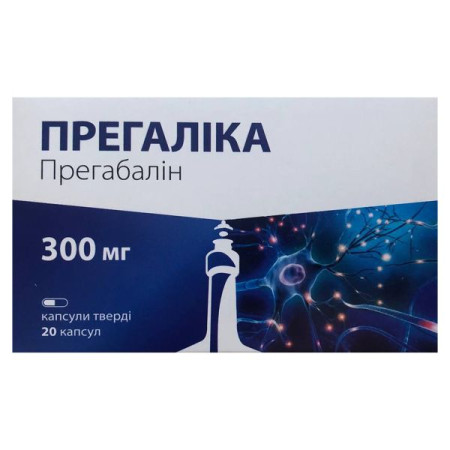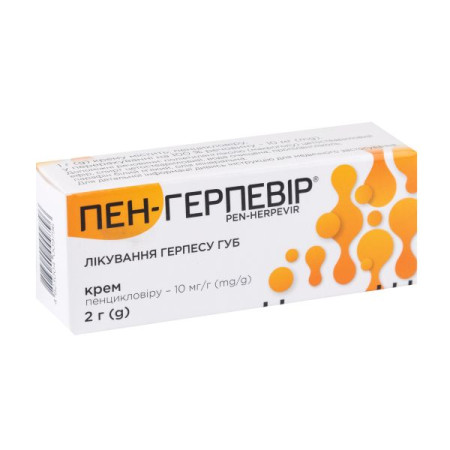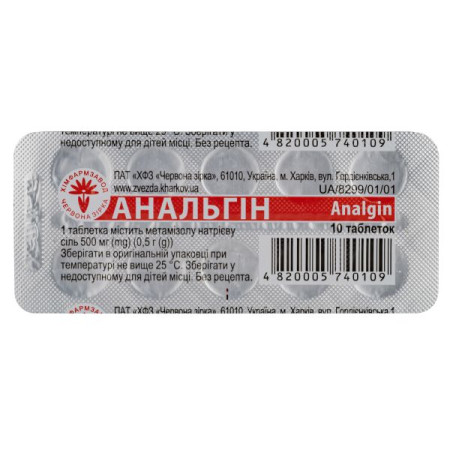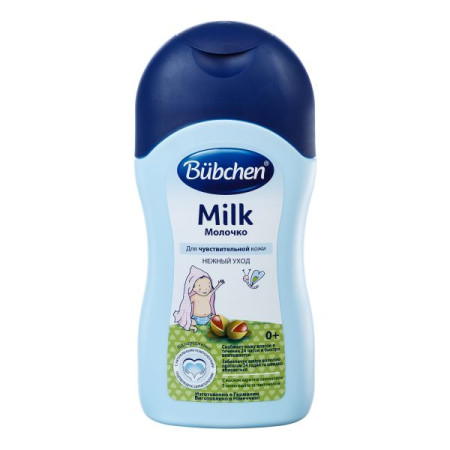Allegra 180 mg film-coated tablets 180 mg blister No. 10
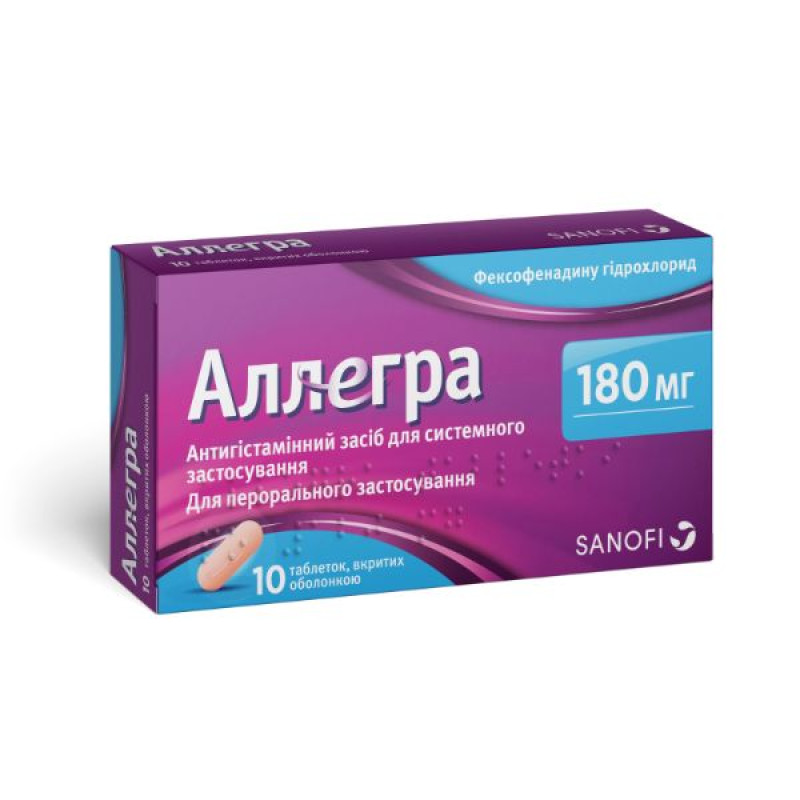
Instructions for Allegra 180 mg film-coated tablets 180 mg blister No. 10
Composition
active ingredient: fexofenadine hydrochloride;
1 tablet contains fexofenadine hydrochloride 180 mg (equivalent to 168 mg of fexofenadine);
excipients: microcrystalline cellulose, pregelatinized starch, croscarmellose sodium, magnesium stearate, hypromellose, povidone, titanium dioxide (E 171), colloidal anhydrous silica, macrogol 400, yellow iron oxide mixture (E 172) and pink iron oxide mixture (E 172).
Dosage form
Film-coated tablets.
Main physicochemical properties: peach-colored, capsule-shaped, film-coated tablets, debossed with “018” on one side and embossed with a capital letter “e” on the other side.
Pharmacotherapeutic group
Antihistamines for systemic use. ATX code R06A X26.
Pharmacological properties
Pharmacodynamics
Fexofenadine hydrochloride is a non-sedating antihistamine of the group of specific H1 receptor antagonists. Fexofenadine is a pharmacologically active metabolite of terfenadine.
In clinical studies of histamine-induced skin wheals and flares, the antihistamine effect of fexofenadine hydrochloride administered once and twice daily was evident within 1 hour, peaked at 6 hours, and persisted for 24 hours. No evidence of tolerance was observed even after 28 days of dosing. Clinical efficacy was observed after single oral doses of 10 to 130 mg. In this model of antihistamine efficacy, doses of at least 130 mg were required to provide sustained effect over 24 hours. Maximum suppression of edema and hyperemia exceeded 80%.
In patients with seasonal allergic rhinitis who received doses up to 240 mg of fexofenadine hydrochloride twice daily for 2 weeks, no changes in QT interval were observed compared to placebo.
Also, compared to placebo, no similar changes were observed in healthy volunteers who took up to 60 mg of fexofenadine hydrochloride twice daily for 6 months, 400 mg of fexofenadine hydrochloride twice daily for 6.5 days, and 240 mg per day for a year.
Even at plasma concentrations 32 times higher than therapeutic concentrations, fexofenadine had no effect on slow-rectifying potassium channels cloned from human myocardium.
Pharmacokinetics
Fexofenadine hydrochloride is rapidly absorbed after oral administration. Peak concentrations are reached in approximately 1-3 hours. At a daily dose of 180 mg, the average peak concentration is approximately 494 ng/ml.
60-70% of fexofenadine binds to plasma proteins. The active substance does not penetrate the blood-brain barrier.
Fexofenadine is almost not metabolized (both in and outside the liver): only fexofenadine has been detected in significant amounts in human urine and feces.
Fexofenadine is eliminated from plasma with a biexponential decline and a terminal half-life of 11 to 15 hours after multiple administration. Single and multiple dose kinetics are linear at oral doses up to 120 mg twice daily. In the saturation phase, doses up to 240 mg twice daily caused an increase in AUC that was slightly greater than proportional (8.8%). This indicates that the pharmacokinetics of fexofenadine are nearly linear at daily doses of 40-240 mg.
According to the data of studies conducted to date, most of the dose is excreted in the bile, with up to 10% excreted unchanged in the urine.
Indication
Symptomatic treatment of chronic idiopathic urticaria for adults and children aged 12 years and over.
Contraindication
Hypersensitivity to any of the components of the drug.
Children under 12 years of age, due to the lack of adequate data on safety and efficacy.
Interaction with other medicinal products and other types of interactions
Fexofenadine is not metabolized in the liver and therefore does not interact with other drugs through this route.
Combinations requiring precautions for use
When co-administered with erythromycin or ketoconazole, a 2- to 3-fold increase in fexofenadine plasma concentrations was observed. The effect on the QT interval was not associated with this change; the frequency of adverse reactions was not increased compared to that when each of these substances was administered separately.
Studies in experimental animals have shown that the increase in fexofenadine plasma concentrations observed after concomitant administration of erythromycin or ketoconazole may be due to an increase in the absorption of the drug in the gastrointestinal tract and a decrease in either the excretion of the drug in the biliary tract or its secretion in the gastrointestinal tract.
Topical gastrointestinal agents, antacids and adsorbents. The use of antacids containing aluminum or magnesium hydroxides 15 minutes before taking Allegra 180 mg reduces the bioavailability of fexofenadine hydrochloride, probably due to its binding in the gastrointestinal tract, thereby reducing the absorption of fexofenadine from the gastrointestinal tract. An interval (if possible more than 2 hours) should be observed between the use of fexofenadine hydrochloride and topical gastrointestinal agents.
Application features
Caution should be exercised when administering Allegra 180 mg to elderly patients and patients with impaired hepatic or renal function due to insufficient data.
Patients with a history of or current cardiovascular disease should be aware that antihistamines may contribute to the occurrence of side effects such as tachycardia and palpitations (see section "Adverse Reactions").
Ability to influence reaction speed when driving vehicles or other mechanisms
Based on the pharmacodynamic profile and the available data on side effects to date, no negative effects of fexofenadine hydrochloride on the ability to drive or operate machinery have been identified. During testing, no significant effects of Allegra 180 mg on the function of the central nervous system were identified. Patients can drive or perform work that requires concentration of attention.
However, in the presence of hypersensitivity to the drug, it is recommended to first check the patient's individual reaction to the drug.
Use during pregnancy or breastfeeding
Pregnancy: There are no adequate data from use in pregnant women. Limited animal studies do not indicate direct or indirect harmful effects with respect to pregnancy, embryonal/fetal development, parturition or postnatal development. Fexofenadine hydrochloride should not be used during pregnancy unless clearly necessary, when the expected benefit to the mother outweighs the potential risk to the fetus.
Breastfeeding: Since fexofenadine passes into breast milk, Allegra 180 mg should not be used during breastfeeding.
Method of administration and doses
The recommended dose of fexofenadine hydrochloride for adults and children aged 12 years and over is 180 mg per day in a single dose, i.e. one 180 mg tablet once a day.
Children
Do not use in children under 12 years of age.
Overdose
Dizziness, drowsiness, fatigue, and dry mouth have been reported with fexofenadine hydrochloride overdose. Compared with placebo, doses up to 60 mg twice daily for 2 weeks in children, single doses up to 800 mg, and doses of 690 mg twice daily for 1 month, as well as 240 mg once daily for 1 year in healthy volunteers did not cause any clinically significant adverse effects. The maximum tolerated dose of fexofenadine hydrochloride has not been established.
In case of significant overdose, symptomatic treatment should be used and vital functions should be monitored. Removal of fexofenadine hydrochloride from the blood by hemodialysis is ineffective. There is currently no known antidote to the drug.
Adverse reactions
Adverse reactions observed in adults during controlled clinical trials are listed by system organ class and frequency: very common (> 1/10), common (> 1/100, <1/10), uncommon (> 1/1000, <1/100), rare (> 1/10000, <1/1000), very rare (<1/10000), frequency unknown.
Nervous system disorders: Common: headache, drowsiness, dizziness.
Gastrointestinal disorders: Common: nausea. Frequency unknown: dry mouth.
General disorders and administration site conditions: Uncommon: fatigue.
The following undesirable effects have been reported in adults during post-marketing surveillance (the frequency of these effects is unknown and cannot be estimated from the available data):
Immune system: Hypersensitivity reactions, manifested as angioedema, chest tightness, shortness of breath, flushing and other systemic anaphylactic reactions.
Psychiatric: Insomnia, nervousness, sleep disorders or nightmares/unusual dreams (nuisance dreams).
Cardiac: Tachycardia, palpitations.
Gastrointestinal: Diarrhea.
Skin and subcutaneous tissue disorders: Rash, urticaria, itching.
Reporting of suspected adverse reactions. Reporting of suspected adverse reactions after the approval of a medicinal product is an important procedure. This allows for continued monitoring of the benefit/risk balance of the medicinal product. Healthcare professionals should report all suspected adverse reactions via the national reporting system.
Expiration date
3 years.
Storage conditions
Store at a temperature not exceeding 25 ° C. Keep out of the reach of children.
Packaging
10 tablets in a blister, 1 blister in a cardboard box.
Vacation category
Without a prescription.
Producer
SANOFI WINTHROP INDUSTRIE - TOURS, France.
Location of the manufacturer and its business address
30-36 avenue Gustave Eiffel, TOURS, 37100, France.
There are no reviews for this product.
There are no reviews for this product, be the first to leave your review.
No questions about this product, be the first and ask your question.







